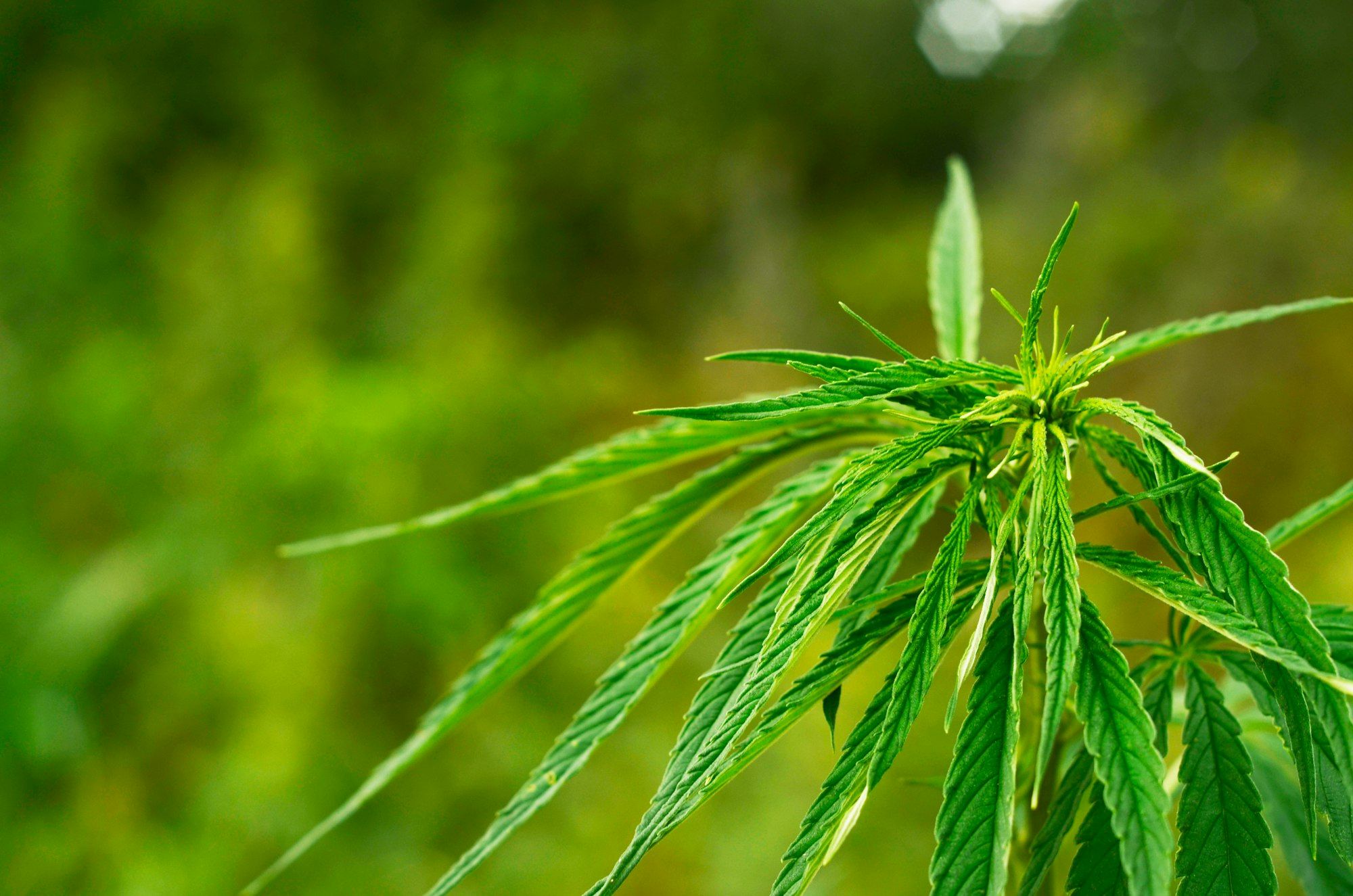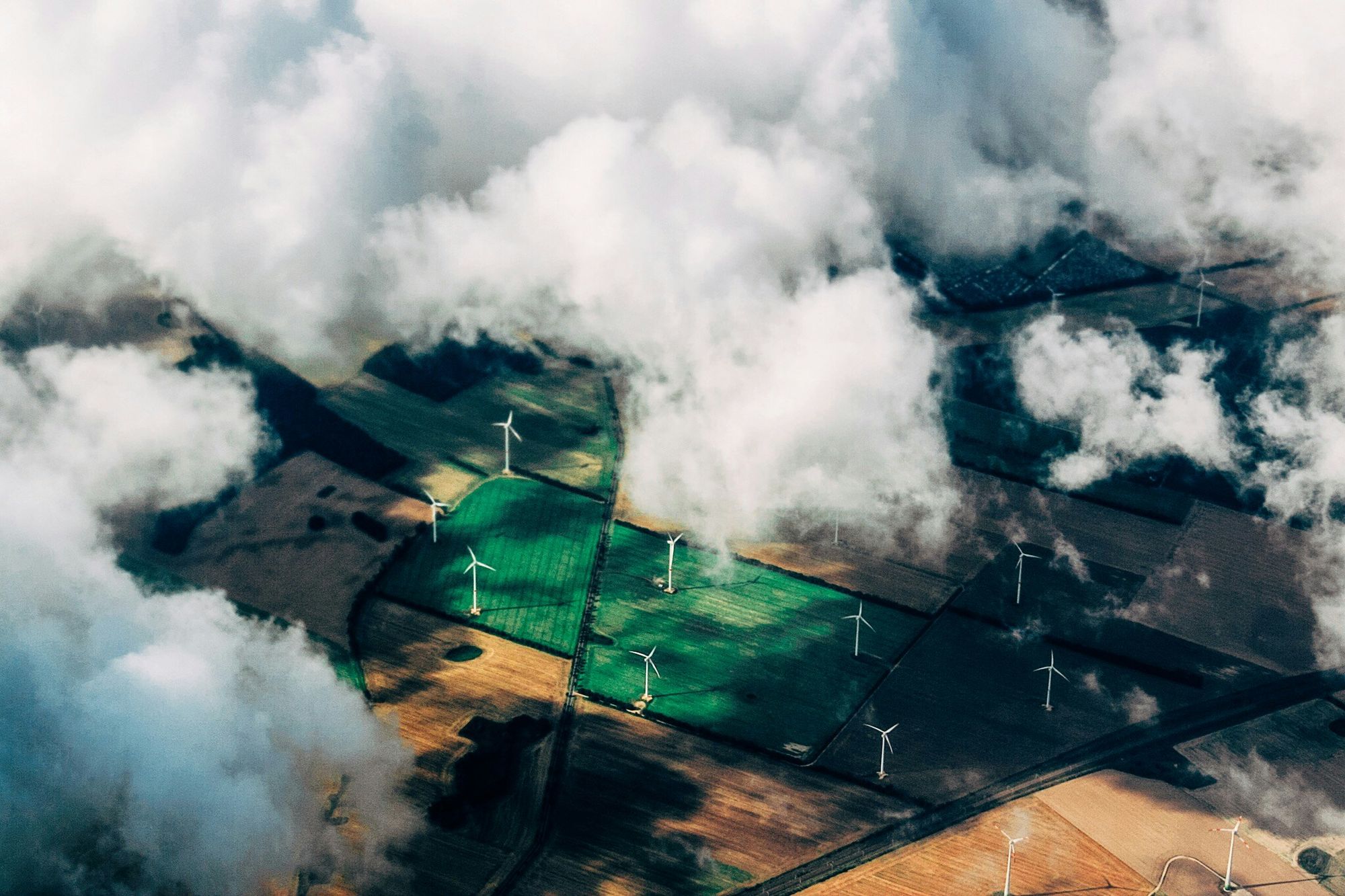Industrial hemp: a sustainable solution for absorbent materials
Every minute, more than 300,000 disposable nappies are incinerated or dumped in landfill sites, contributing to environmental degradation and resource depletion. Is there a way that industrial hemp could help?

Disposable diapers, feminine hygiene products, and agricultural absorbents have long been dependent on petroleum-based superabsorbent materials, creating significant environmental concerns.
Every minute, over 300,000 disposable diapers are incinerated or sent to landfills, contributing to ecological degradation and resource depletion. In addition to the waste burden, the production of synthetic absorbents requires high energy input and ties the sector to volatile oil markets and geopolitics.

Researchers at Purdue University in Lafayette, Indiana, are addressing this challenge by developing biodegradable, superabsorbent materials derived from industrial hemp cellulose. As a fast-growing, low-input plant, hemp offers a potential counterbalance. It is not only renewable and biodegradable, but also improves soil quality when cultivated. The development of cellulose-based alternatives could help turn key industries away from fossil-based materials.
Hemp hurds—the woody core of hemp stalks—are central to this innovation. Due to their high cellulose content and low lignin levels, hemp hurds are highly absorbent, making them ideal candidates for fluid retention applications. Unlike synthetic absorbents derived from petroleum, which are neither renewable nor biodegradable, hemp-derived materials are compostable, offering an environmentally friendly alternative.

Under the leadership of Senay Simsek, head of the Department of Food Science at Purdue, the research team has developed an advanced processing technique to enhance the absorbency of hemp cellulose. Through mechanical and chemical treatments, they increase the material's porosity and surface area. The resulting substance has been compared to turning a dense sponge into a more open and more absorbent version—adaptable for various technical uses.
While disposable nappies and feminine hygiene products represent the most obvious targets for hemp-based absorbents, the potential applications are much broader. The Purdue team suggests that the material could also be used in soil additives to support water retention—particularly relevant as agriculture confronts increasing drought risk and calls for resource-efficient practices. Unlike conventional soil superabsorbents, which can inhibit plant growth; hemp-based alternatives offer a biodegradable solution that supports the soil ecosystem rather than disrupting it.

Another promising application area is biosensing technology. The absorbent hemp derived materials may be integrated into diagnostic tools such as glucose strips and pregnancy tests. Their capacity to respond to environmental changes dynamically—an essential quality in biosensors—makes them viable candidates for applications where timely and accurate measurements and responsiveness are critical.
Economically, the opportunity is significant. The global market for disposable diapers was valued between $80 and $90 billion in 2023, while feminine hygiene products are projected to reach up to $50-55 billion by 2025. Biosensors such as glucose strips and pregnancy tests add an additional $20–25 billion in market potential. Even the relatively smaller agricultural water retainer market, valued between $500 million and $1 billion, is expected to grow with rising awareness of water scarcity and increasing sustainability initiatives.

To move from lab to market, the Purdue team has submitted a patent application for their hemp-based absorbent technology. The next phase involves scaling the technology industrially and demonstrating its practical use across sectors like agriculture and food packaging, both of which are under pressure to reduce their environmental footprints.
The project is funded by Purdue’s Agricultural Science and Extension for Economic Development programme, which supports innovation in plant and animal agriculture and rural development.

What emerges from this research is not a singular solution, but a flexible platform. Hemp-based absorbents show technical promise across multiple industries. Ultimately, the switch to biodegradable materials made from hemp not only represents a significant improvement for the environment, but also an economic and strategic advantage that aligns the industry with sustainability goals and reduces dependence on finite resources - while giving greater consideration to nature's ability to regenerate.

